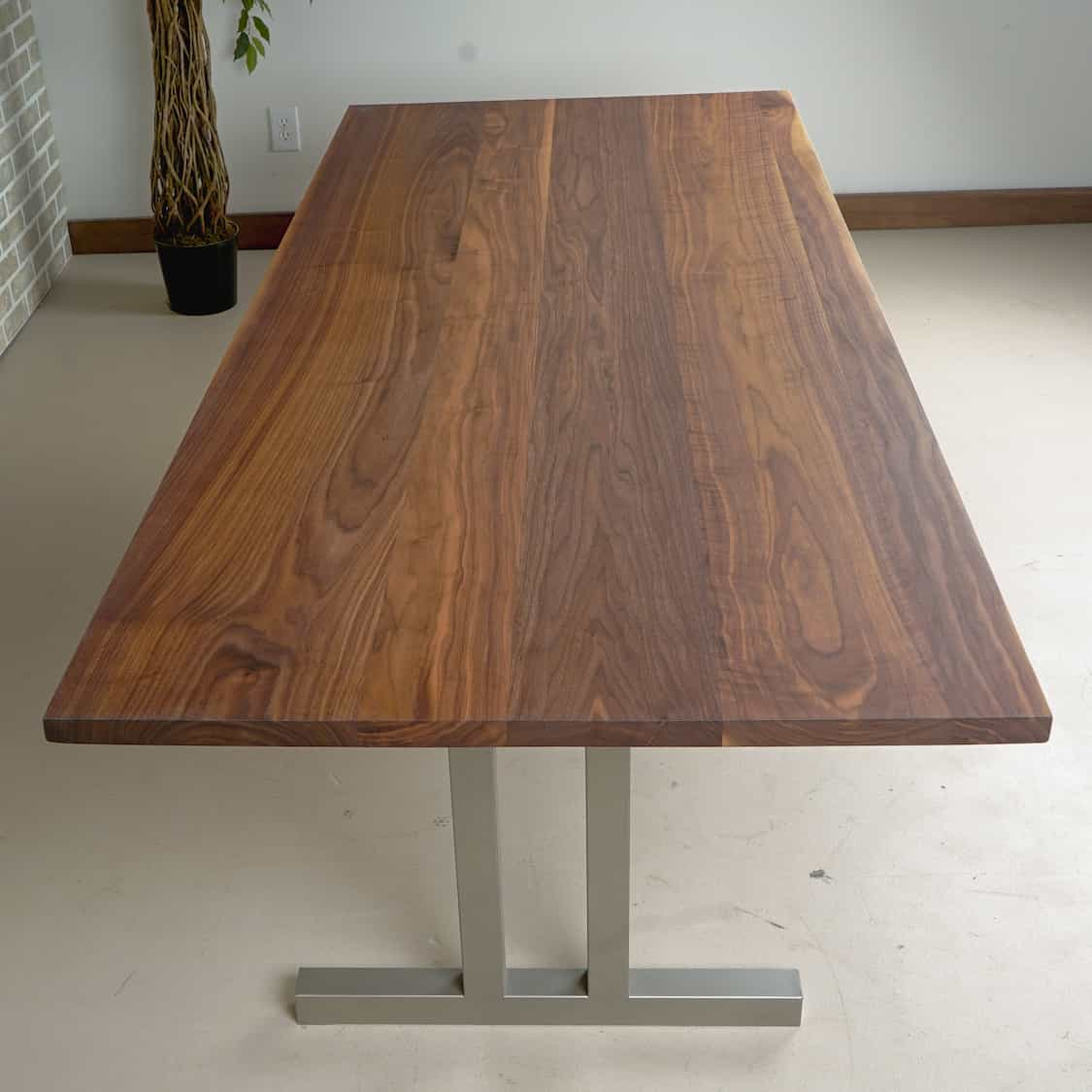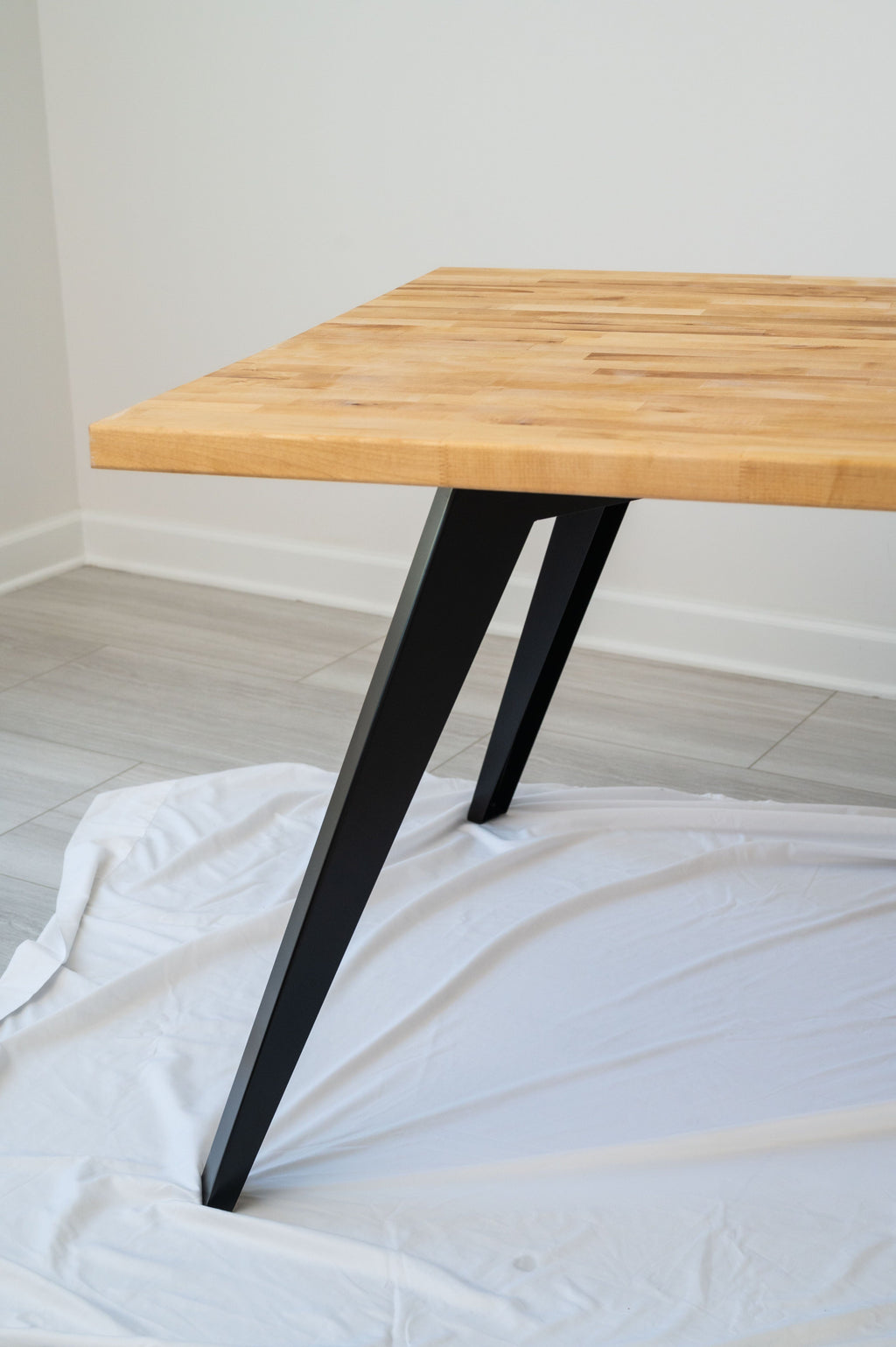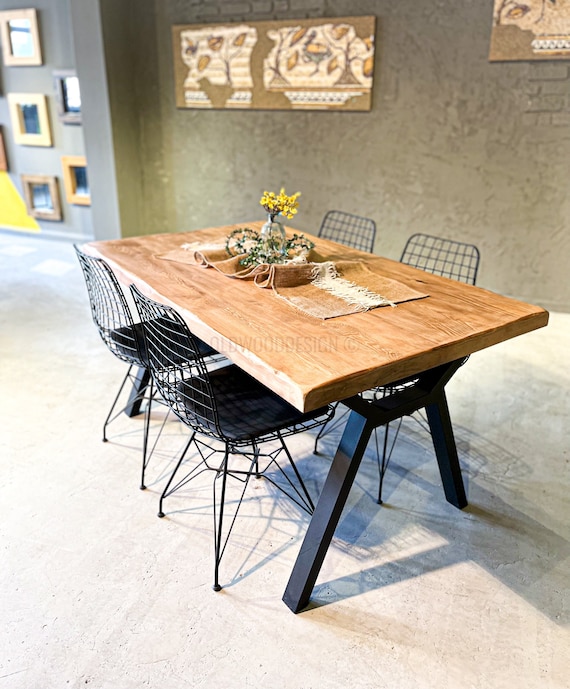Improve Your Eating Experience with Classic Dining Table Legs Wood
Discovering the Different Types of Eating Table Legs Timber for Your Dining Room
The selection of dining table legs timber can exceptionally influence both the practical and visual qualities of your dining area. Strong timber options, such as oak and walnut, offer a traditional appearance with unmatched longevity, while engineered wood options use ingenious styles that simulate the splendor of all-natural grains.
Strong Timber Options

Unlike engineered materials, strong wood is much less prone to warping and damage over time when properly maintained. Each piece of strong timber is unique, showcasing specific features that include to the beauty and character of the eating table.
In addition, strong timber can be finished in various ways, ranging from natural oils to stained finishes, permitting property owners to customize their furniture to match their design. In summary, selecting strong timber for dining table legs not only ensures architectural honesty yet additionally enhances the aesthetic allure of the eating area, making it a worthwhile investment for any kind of home.
Engineered Timber Alternatives

Plywood, created from several layers of wood veneer, is secure and especially strong, making it an excellent selection for dining table legs. Its layered make-up enables it to withstand adjustments in humidity and temperature level much better than conventional strong wood. MDF, on the various other hand, uses a smooth surface for paint or veneering, enabling developers to accomplish a polished appearance while maintaining structural honesty.
Particleboard, usually utilized in economical alternatives, offers suitable stamina and is light-weight, making it simpler to take care of. It might not be as sturdy as plywood or MDF. It is crucial to consider the designated usage and wanted aesthetic when choosing crafted timber alternatives. These materials not just boost the functionality of dining rooms but likewise permit for higher layout adaptability, guaranteeing that modern and typical designs can exist side-by-side sympathetically.
Reclaimed Wood Features
Recovered wood provides a distinct blend of sustainability and character, making it an increasingly popular selection for eating table legs. Sourced from old barns, manufacturing facilities, and various other structures, reclaimed wood personifies a background that new materials simply can not replicate. Each item lugs its own story, noted by distinctive flaws, knots, and varying grain patterns, which contribute to a table's unique visual charm.
Along with its visual beauty, redeemed wood is an eco-friendly choice. By repurposing previously used products, it decreases the need for brand-new lumber, thus helping to preserve forests and decrease waste. This lines up with a growing customer choice for sustainable techniques in furniture.
In addition, recovered wood is frequently more sturdy than recently collected wood due to its age. The natural drying out process that redeemed wood undertakes results in a denser and more powerful product, making it less at risk to warping and splitting. This boosts the durability of eating tables, allowing them to hold up against the rigors of day-to-day use.
Softwood vs. Hardwood
When picking dining table legs, recognizing the differences in between find out softwood and wood is important for achieving both functional and aesthetic objectives. Softwoods, stemmed from coniferous trees, such as want and cedar, are identified by their lighter weight and convenience of manipulation. They commonly exhibit an even more rustic look, making them suitable for laid-back or country-style eating areas. However, softwoods are normally less sturdy than hardwoods, which can be a consideration for households or those looking for long life in their furniture.
On the other hand, hardwoods, sourced from deciduous trees like oak, cherry, and maple, are renowned for their density, toughness, and sturdiness. The elaborate grain patterns and rich shades of hardwoods provide a sophisticated and timeless allure, making them ideal for official eating setups. While hardwoods tend to be much more expensive and larger, their strength versus deterioration usually validates the investment.
Ultimately, the selection in between softwood and hardwood for dining table legs need to line up with your style vision, usage demands, and budget plan, making sure that your dining room reflects your individual style while remaining useful gradually.

Coatings and Therapies
The aesthetic charm and durability of dining table legs can be considerably enhanced through various coatings and therapies. These procedures not only safeguard the wood from damages yet likewise raise its appearance, permitting it to enhance varied interior designs.
One typical treatment is staining, which passes through the wood and improves its natural grain while adding shade. Stains provide a rich, classy appearance, making it possible home for home owners to match their furnishings with existing design. On the other hand, clear finishes such as polyurethane or varnish develop a protective layer without altering the timber's original hue, making certain durability versus deterioration.
Additionally, all-natural oils, like tung or linseed oil, nourish the timber and provide a refined shine, all while being environmentally friendly. These oils permit the surface area to breathe, stopping moisture build-up and potential bending.
For those seeking a rustic appeal, weather-beaten or distressed surfaces can be put on produce an aged appearance, adding personality to the piece. Eventually, the selection of treatments and coatings depends on personal preference, preferred aesthetic appeals, and the specific wood kind, making it important to take into consideration these elements when picking table legs for your area.
Verdict
Strong Visit Your URL timbers, crafted choices, and redeemed options each offer distinct advantages, catering to various choices and requirements. Eventually, the choice of wood type should align with desired design, resilience, and environmental considerations, enhancing the overall eating experience.
The selection of eating table legs wood can profoundly impact both the aesthetic and useful high qualities of your dining room - Dining Table Legs Wood. Strong wood options, such as oak and walnut, provide a classic appearance with unparalleled longevity, while crafted wood choices use ingenious styles that imitate the splendor of all-natural grains. Solid wood supplies a classic high quality that can elevate the total style of a dining room. Each piece of solid timber is special, showcasing individual characteristics that include to the appeal and personality of the dining table
Additionally, redeemed timber is frequently more durable than newly gathered wood due to its age.